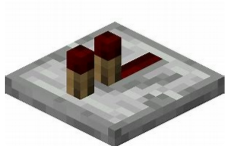Introduction
In Minecraft 101: Let's build individually, we explored how Minecraft Education supports teaching and learning through a game-based interface that promotes creativity, collaboration, and problem-solving in an immersive environment where the only limit is the learner’s imagination.
In Minecraft 201: Let's modify together, we built upon the skills we learned by modeling another lesson and adding more advanced building and assessment skills.
In Minecraft 301: Let's build worlds together, we invited you to think like a Teacher World Builder, using Minecraft to create learning experiences for your students.
In Minecraft 401: Let's get advanced with Redstone, we’ll investigate Redstone. Redstone improves functionality and captures student curiosity. Using Redstone deepens the level of critical thinking and problem solving for the learner.
Minecraft 401: Let's get advanced with Redstone is part of the new professional development pathway for Minecraft Education and is designed to be an extension of prior learning in the Minecraft Teacher Academy.
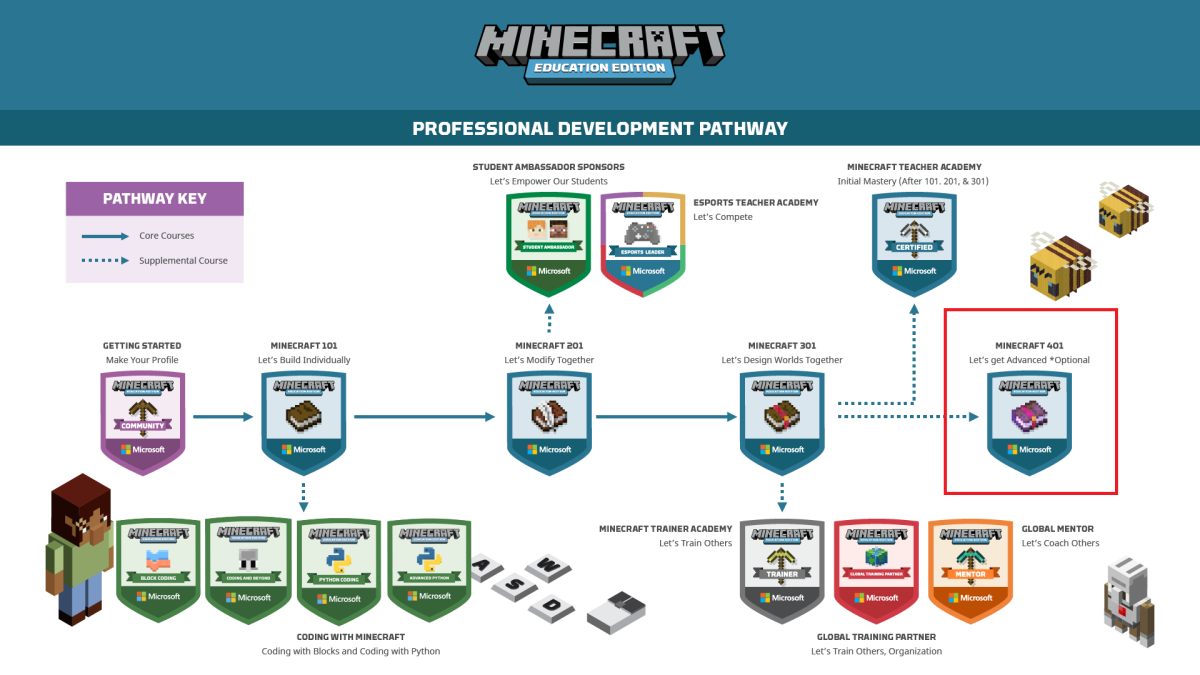
Essential question
How do we apply a real-world application to a problem or learning experience?
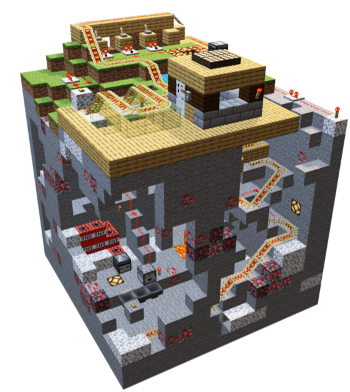
Learning objectives
Upon completion of this module, you’ll be able to:
- Employ what we learned in Minecraft 101, 201, and 301 to implement new game-based learning experiences
- Describe the powerful world of building with Redstone
- Use the lesson planner with your new world building skills to design an experience and deliver a lesson
Method of instruction
We’ll simulate a lesson in each of the modules through the teach, release, reflect model of instruction. We’ll use the Build a Simple House Challenge world, then we’ll release you to start building. You’ll finish by reflecting on the process and applying to your classroom through the lesson planner.
Vocabulary
Signal strength—Redstone signals come from power sources (lever, button, RS torch). The range that the Redstone signal can travel is its signal strength. Most power sources have a signal strength of 15.
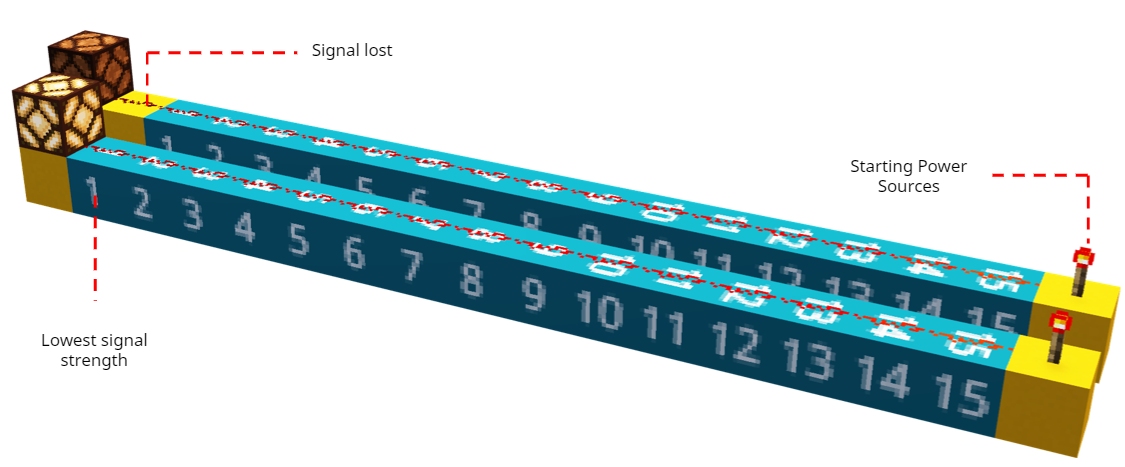
Redstone circuits—Redstone circuits are Minecraft's version of electricity. This feature allows players to create intricate Redstone-based mechanisms and machines. Basic Redstone circuitry is often used in building traps or hidden passages.
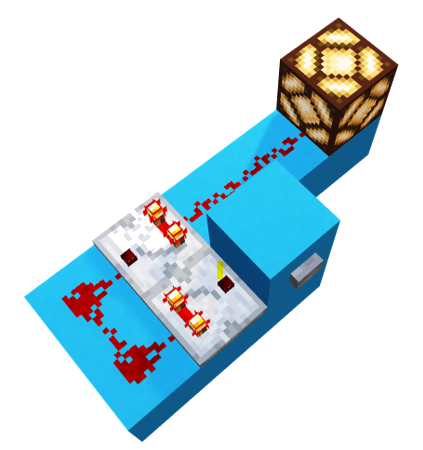
Charging a block—A block is charged when it’s receiving a Redstone signal. A charged block can power blocks directly touching it. Some blocks can’t be charged (such as glass).
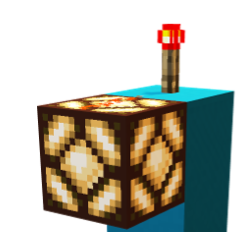
Redstone—Redstone is an element used as an ingredient for most mechanical creations in Minecraft. It’s required in some way to get most mechanisms to operate.
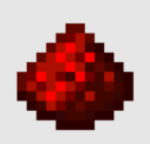
Redstone ore—Redstone ore is a type of ore found 16 or fewer levels above bedrock. It drops Redstone when mined, and it can be crafted into Redstone-related mechanisms.
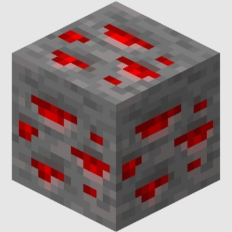
Redstone comparator—Redstone comparators have three torches on them, allowing for complex Redstone circuits to be built. Redstone comparators have three ports, with two being for input, the third for output. Redstone comparators also measure how many things an entity holds or weighs, allowing for some interesting adventure maps or mechanisms.
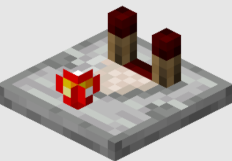
Redstone repeater—A repeater extends a powered Redstone current by 15 blocks. The repeater can delay this current by up to four-tenths of a second, though several repeaters can be used in front of each other, creating a longer delay.
